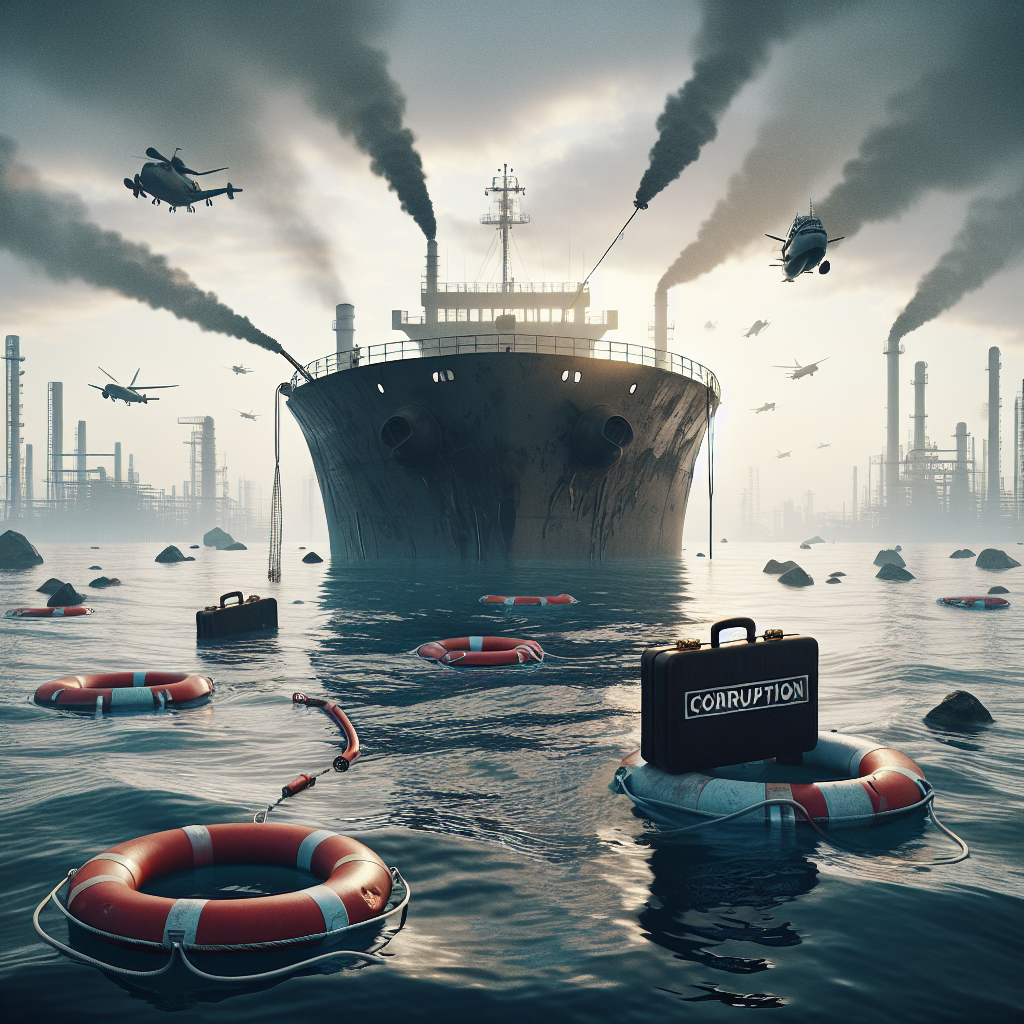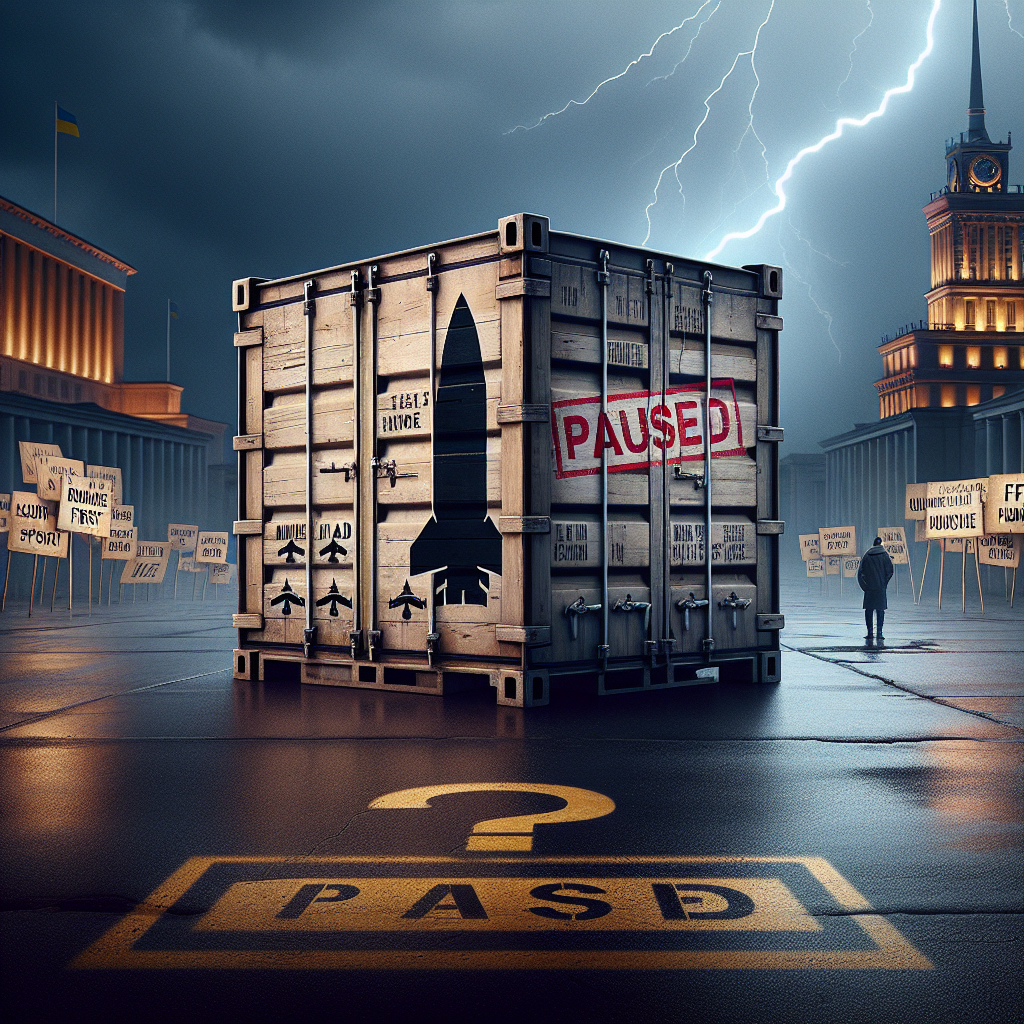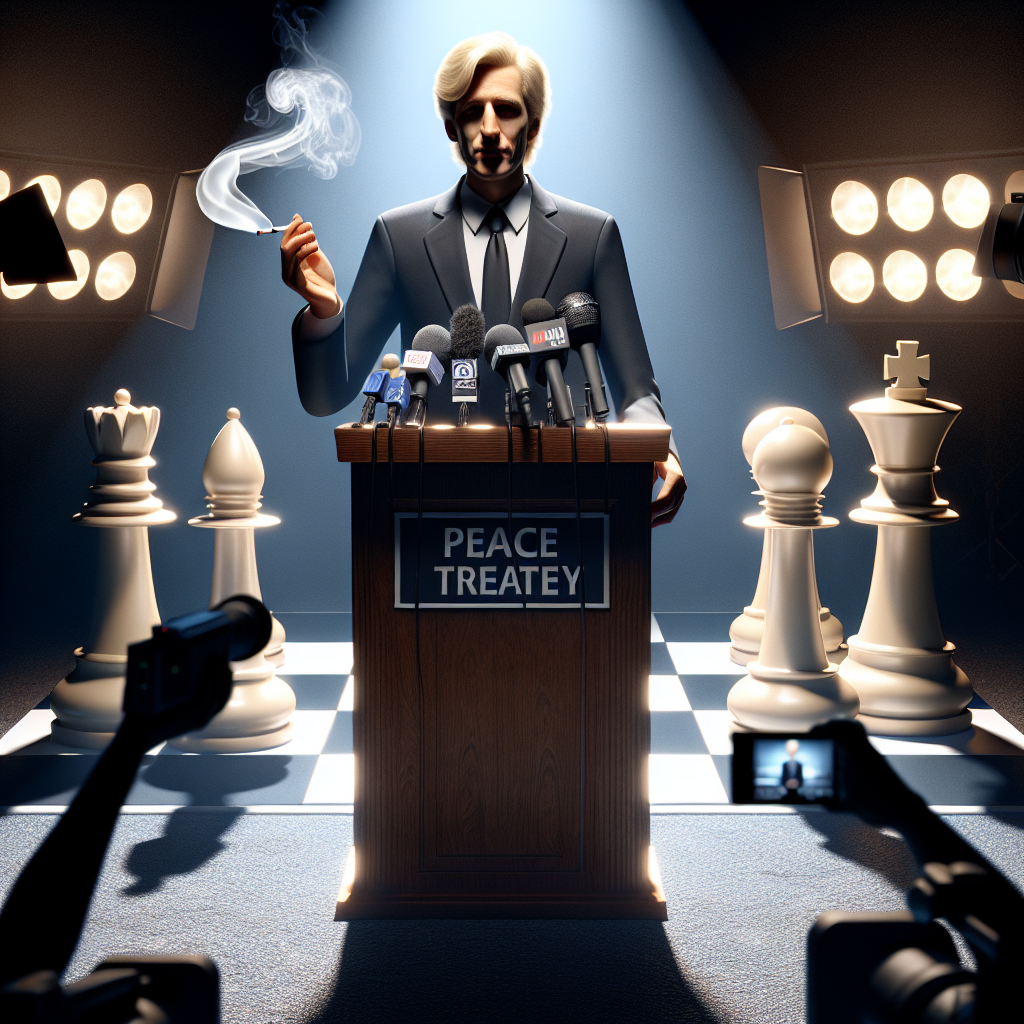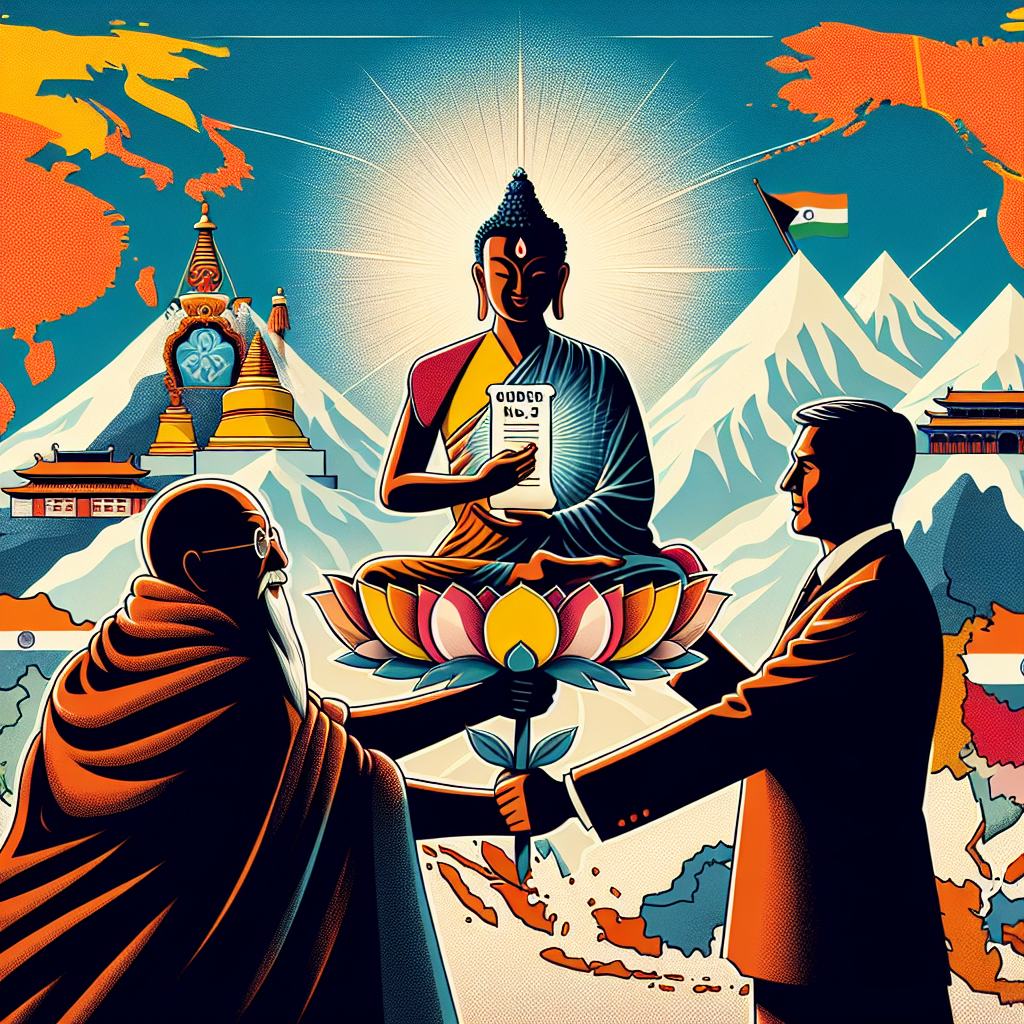Listen up, folks — the diplomatic circus is back in town, and the ringleader this time is none other than South Africa, playing peace-broker between two nuclear-tinged elephants stomping through the global china shop: Russia and Ukraine. That’s right — as Ukraine’s President Volodymyr Zelenskyy touched down in Pretoria to sip state-sponsored rooibos with President Cyril Ramaphosa, Moscow’s mouthpieces wasted no breath making it abundantly clear—they’re not thrilled. And by not thrilled, I mean they practically had a political seizure.
Now, let’s not beat around the baobab tree: South Africa wants to play savior. Noble? Sure. Realistic? That’s like asking a referee with no whistle to mediate a heavyweight title fight while dodging flying chairs. But hey, this is international diplomacy—where fantasy masquerades as strategy and egos are served for breakfast.
Zelenskyy’s visit isn’t just a photo op with Pretoria’s palm trees in the background. It’s a calculated chess move — the kind that says, “I’m talking to your friends too, Vlad.” And boy, Kremlin-cozy politicians didn’t need much prodding to throw a fit loud enough to shake the rand.
Protests erupted. Pro-Kremlin South African politicians clutched their pearls, chanting hymns of “non-alignment” while wearing the cologne of strategic hypocrisy. They say South Africa’s peace push should be “neutral.” Funny. Neutrality is a tightrope — and South Africa just invited both a flamethrower and a high wind onto the pole.
Let’s decode this: South Africa’s ANC elite still cozy up to Moscow like it’s 1978 and Brezhnev is paying the bills for the liberation struggle. Russia was the old friend with the surplus AK-47s, and loyalty dies hard. But this isn’t the Cold War. This is a polar vortex of global alignments that shift by the hour, powered by pipelines, grain exports, and swaggering superpower sanctions.
Ramaphosa wants to be taken seriously on the world stage. He envisions himself as the new Mandela-meets-Mediator, handing out ceasefires like he’s dealing blackjack in high-stakes poker. But there’s a catch, comrades—when the table’s rigged, even the dealer gets burned.
Zelenskyy didn’t fly here to picnic. He came with one message: peace, yes—but not at the cost of sovereignty. Ukraine wants allies, weapons, and trade. Ramaphosa wants diplomacy, BRICS unity, and a legacy beyond load-shedding memes. Russia wants… well, everything it lost in 1991 and then some.
So what happens next? Let me tell you, because sitting on the fence doesn’t keep you clean—it gets you trampled. South Africa must pick a lane: stay the “non-aligned saint” hosting both sides while accomplishing nothing but press releases and awkward group photos, or step into the geopolitical thunderdome and actually challenge the narrative. Spoiler: that second option means making enemies. And in international politics, enemies remember.
Bottom line? If South Africa thinks it can silence artillery with diplomatic umbrellas and charm offensives, I’ve got a few Eskom shares to sell them.
But hey—credit where it’s due. Ramaphosa pulled off the diplomatic equivalent of juggling live grenades. He got Zelenskyy into town, kept the Russian-favored loyalists grumbling but at bay, and reminded the world that Africa isn’t just a spectator in global conflict — it plays too. But watch closely: playing peacemaker in a proxy war is like dancing on dynamite, and the fuse is already lit.
And to the critics trying to shame Zelenskyy for jetting to the Southern Hemisphere, I say this: diplomacy isn’t made in comfort zones — it’s hammered out wherever the pressure burns hottest. The game’s on, and everyone’s rolling the dice.
So while the politicians posture and the protesters howl, remember one thing — peace talks don’t happen when everyone’s comfortable. They happen when someone, somewhere, decides they’ve had enough of playing warlord cosplay and want to try the uncomfortable art of compromise.
Until then, buckle up. The players may change, but the game? That never does.
– Mr. 47









